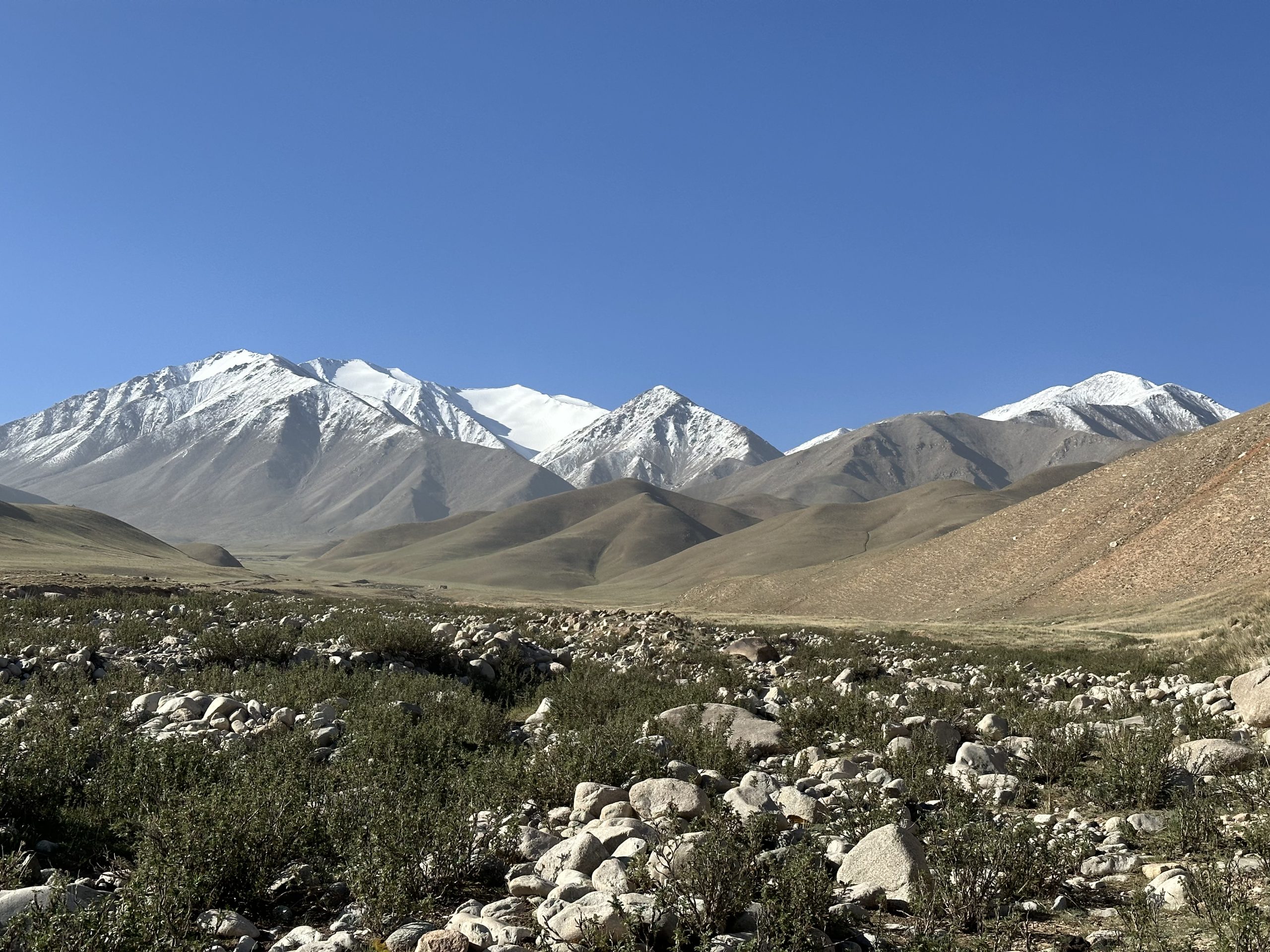Prior to project implementation, the majority of the grassland within the project area had experienced moderate degradation resulting from decades of overgrazing, loss of high-quality foraging plants, and a limited capacity for natural renewal and regeneration. Through the grassland restoration efforts in this project, biodiversity and land quality are expected to show continuous improvement over the years. This will create a more favorable habitat for animals and contribute to the enhanced accumulation of soil organic carbon.

249,131
tCO2e emissions stored in the soil each year

132,107
hectares of land protected

27
endangered animals protected

450
jobs
created
Project ID: VCS 4218
Location: Gansu, China
Project type: Sustainable Grassland Management
Methodology: VM0026
Project Start Date: June 1st, 2020
Standard: VCS and CCB

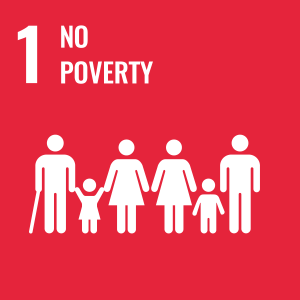

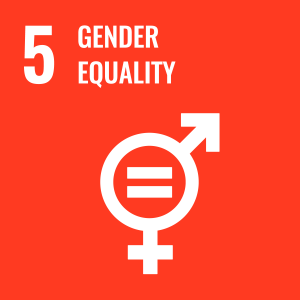
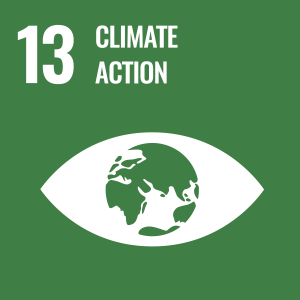
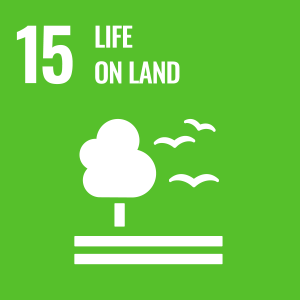
Grassland Restoration Methods
Grass seeding (4,197.16 ha)
Four native grass species were selected to be planted or seeded in the area. At the end of the seeding period, the grassland was fenced off and grazing was strictly prohibited in the first year.
Rotational grazing (88,481.90 ha)
Based on a specified grazing order, grazing cycle and zoned grazing time (reduced from 150 days per year to 125 days), the grassland is grazed by area and used in turn. This allows the grassland time to recover from grazing.
Rest grazing (48,098.69 ha)
Fences are built in dedicated rest grazing areas. Each year during the growing season (from May 1 to August 31), grazing is prohibited.
Other
Grassland guardians are trained to patrol on the grassland regularly to identify potential risks like rodents and fire. In addition to this, several Eagle’s nests were built in the area. This not only increases biodiversity by providing extra habitats for native species, but also reduces impact on the environment by avoiding the use of chemical products.
Seeding Selection
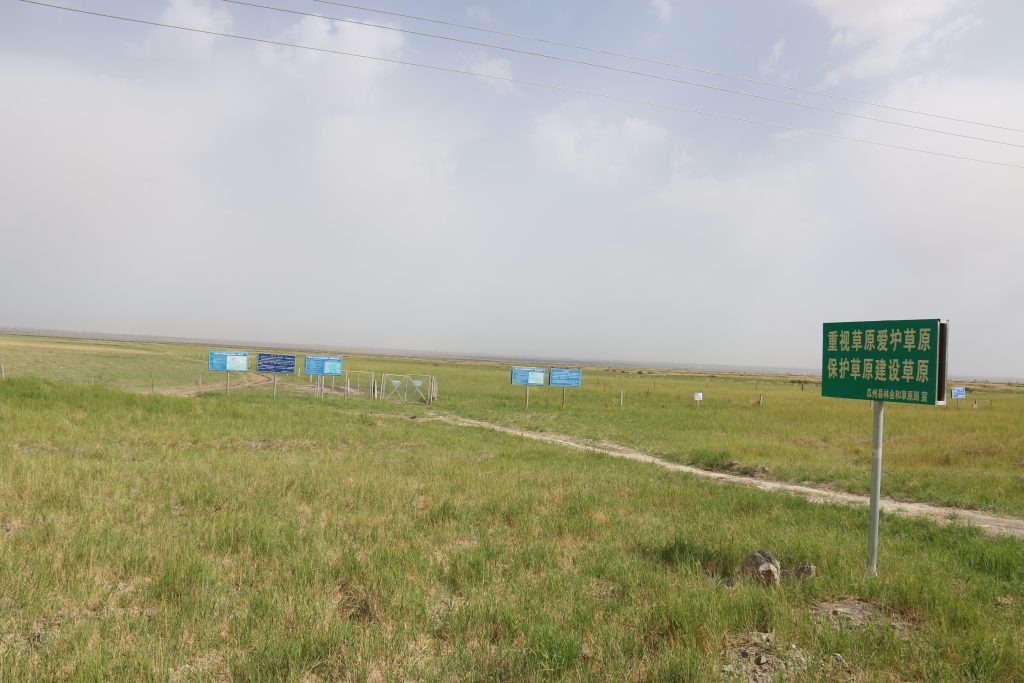
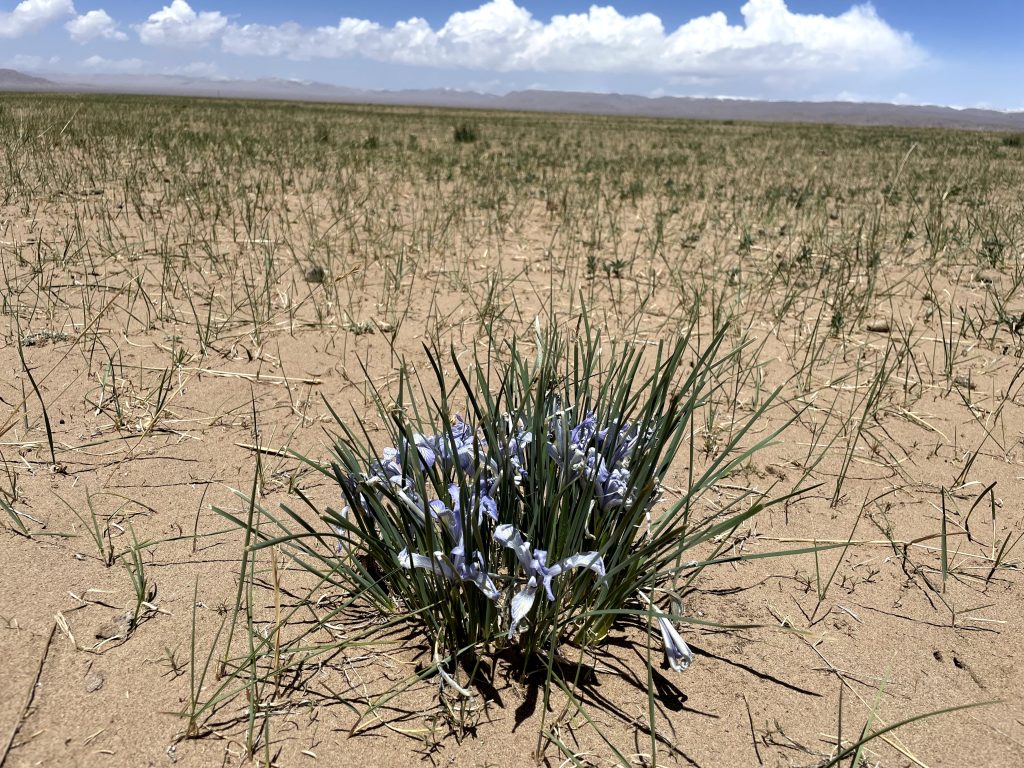
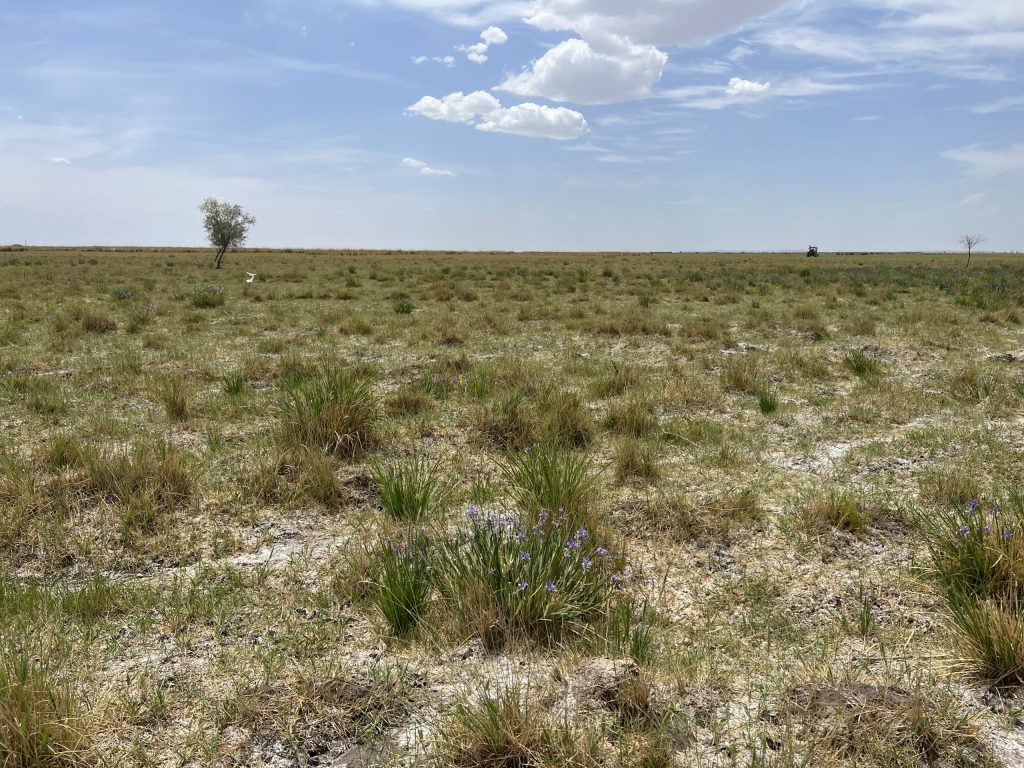
Seeding selection is based on the soil and climate conditions in the project area. The annual average evapotranspiration in Guazhou County is greater than annual average precipitation. Due to the impact of climate change and overgrazing, the soil salinization is relatively serious. The soil texture in the project areas includes loam, sandy loam and sandy.
Four native species (crested wheat grass, sheep’s fescue, alkali grass and milky Iris) were selected based on their ability to adapt to the severe local environment. Even in cases of severe frost, these grass species are resilient and will grow in the following spring. These native species are also proven to be more suitable for providing food and habitat for native animals.
Impacts
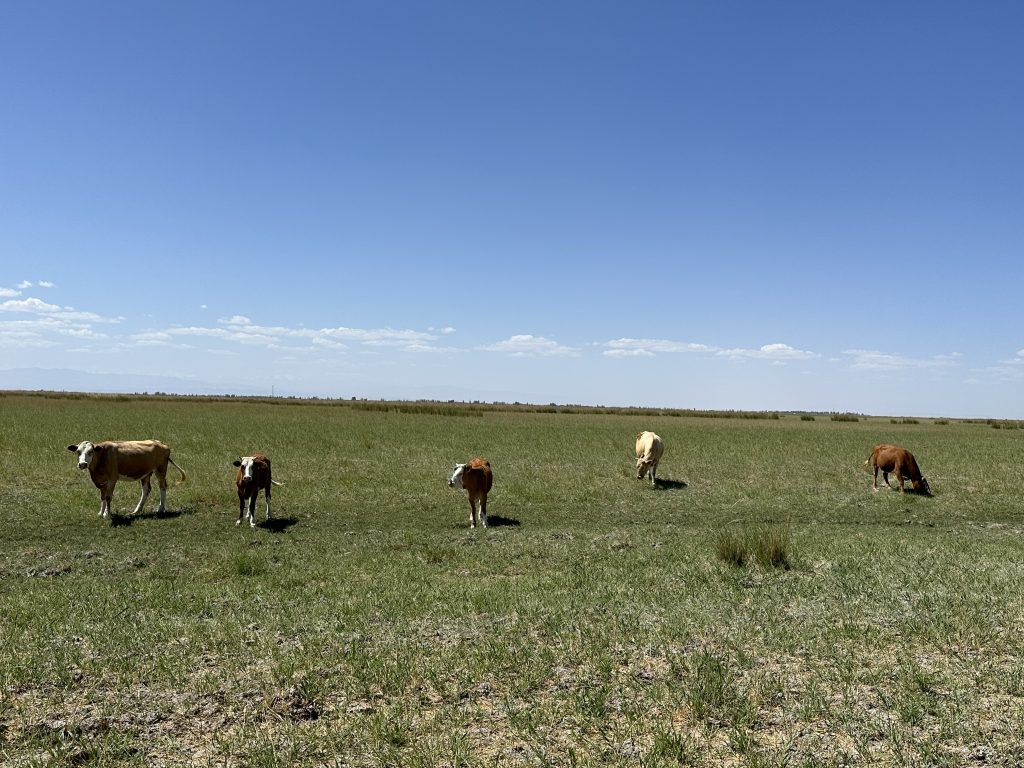
Biodiversity
In Guazhou County there are 27 species of nationally protected animals. This includes 7 animal species under first-class national protection and 20 under second-class national protection, along with 22 species of wild animals protected by CITES (Convention on International Trade in Endangered Species) and 8 species under the protection of the IUCN Red List (International Union for Conservation of Nature), covering EN, VU, NT animals. By improving the quality and availability of grasslands and providing suitable food and habitat conditions, native animals have better opportunities for survival and reproduction.
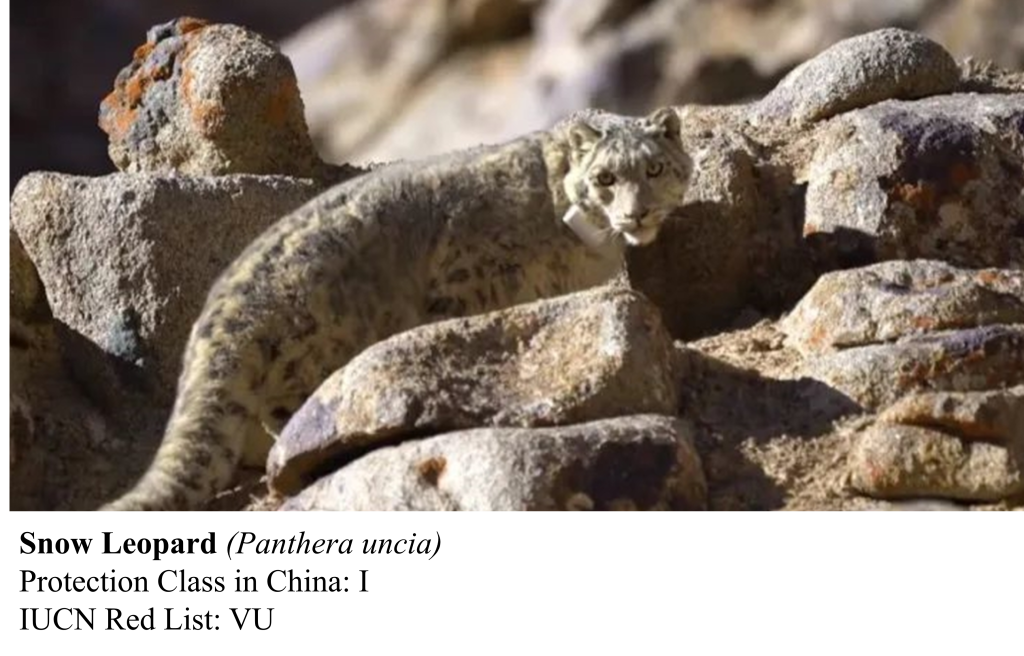
Traces of snow leopard activities are occasionally observed in the high mountains over 3,000 meters in the southern part of Guazhou County.
The snow leopard, an iconic big cat native to the mountain ranges of Central and South Asia, is listed as vulnerable on the IUCN Red List. The global population is estimated to be fewer than 10,000 mature individuals, and it is expected to decline by about 10% by 2040. It is mainly threatened by poaching and habitat destruction following infrastructural developments.
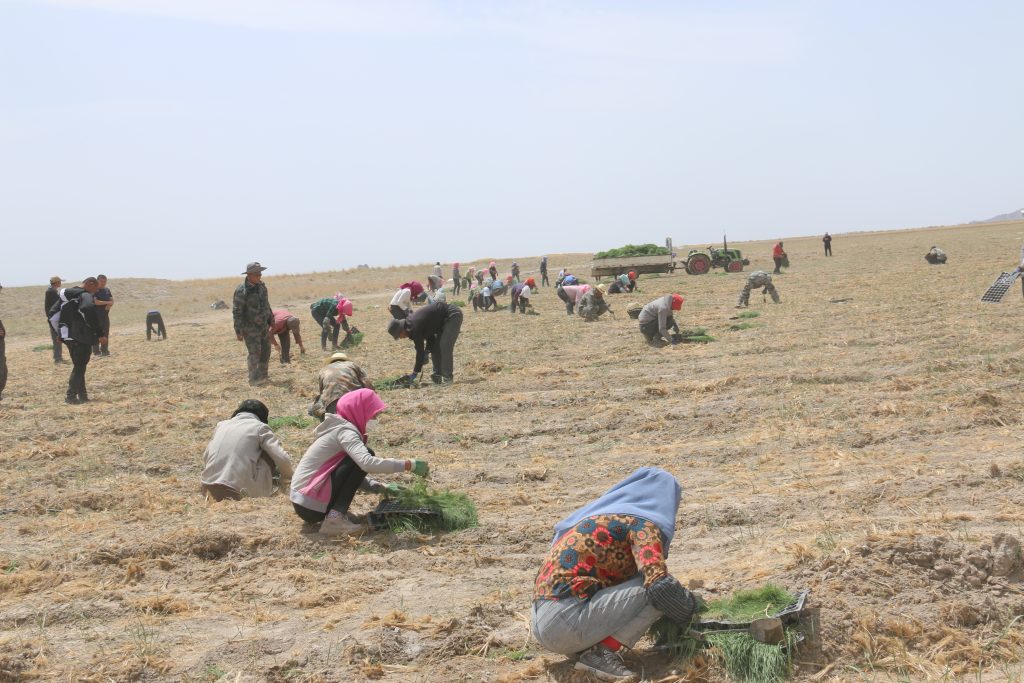
Community
Without the Gansu Guazhou Sustainable Grassland Management Project, the grassland will continue to degrade, posing a significant threat to the local ecosystem and those with livelihoods that depend on it, such as traditional herders. To avoid the continued loss of grasslands, sustainable measures, such as rotational grazing and rest grazing, are necessary. Due to the project’s activities, the long-term benefits brought to the local communities are numerous, including sustainable sources of income, increased job opportunities, and higher ecological and aesthetic values from a restored environment.
During the project implementation period, residents were offered short-term jobs such as grass seeding and fence building, as well as long-term jobs like employment as grassland guardians.* All the employees that were involved in grass seeding and fence building were paid 180 RMB (25.86 USD) per day. Grassland guardians are paid around 2,000 RMB (287.36 USD) per year.**
*Most of the employed residents are from ethnic minorities. Approximately 450 local herders, including 150 women, participated in grass seeding and fence building. Among them, 130 local herders, including 45 women, were employed as grassland guardians. Of the 450 job opportunities, 130 are permanent positions, and 320 are temporary jobs that last throughout the entire project crediting period.
**The average annual income of rural residents in northwest Gansu is approximately 10,000 RMB (1,381 USD) per year.
About QYH
QYH (Qianyuhui Environmental Technology Co., Ltd) is a Bejing-based project developer
focused on nature-based solutions projects, especially grasslands and forestry.
Click to follow our latest news!
